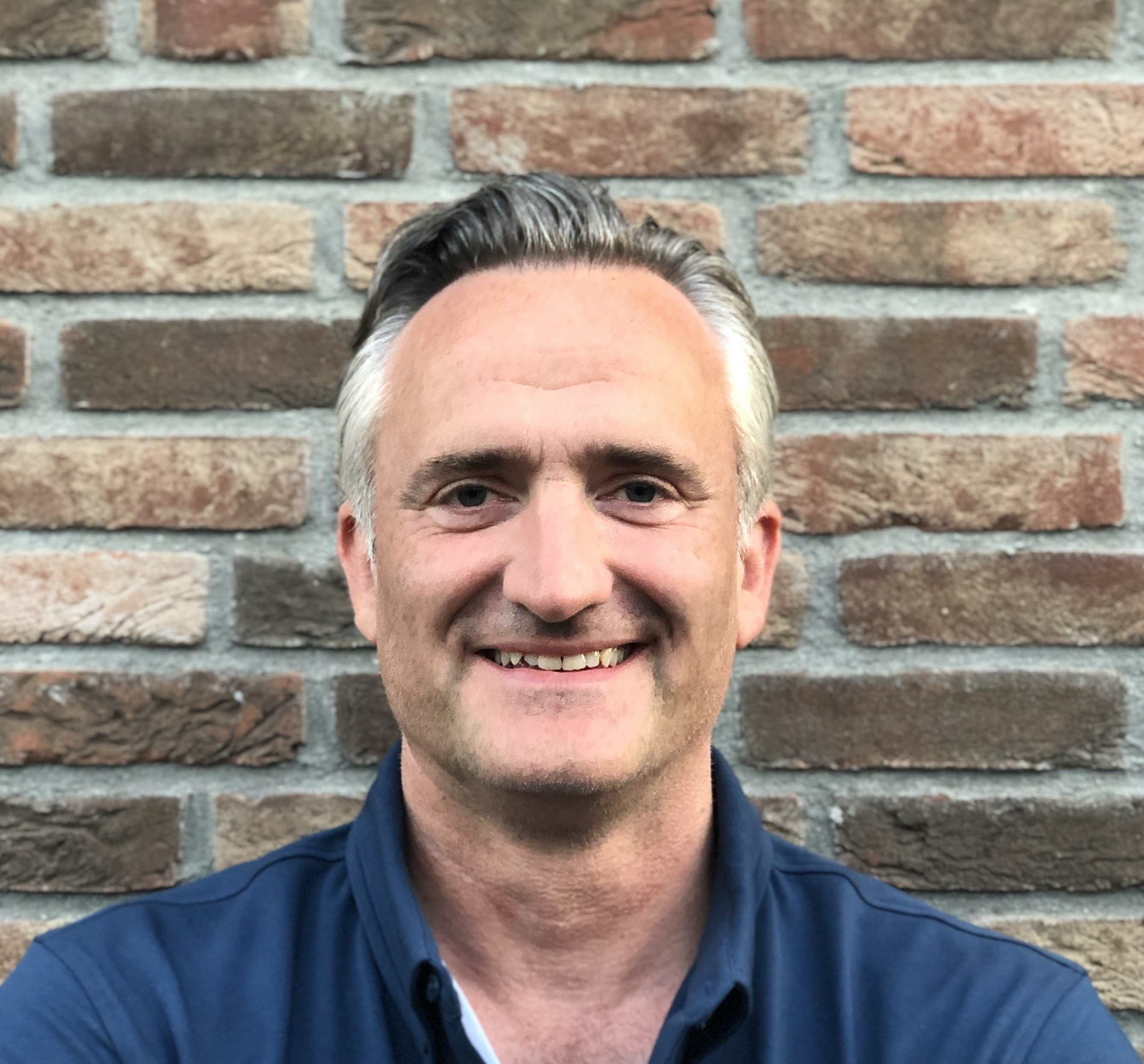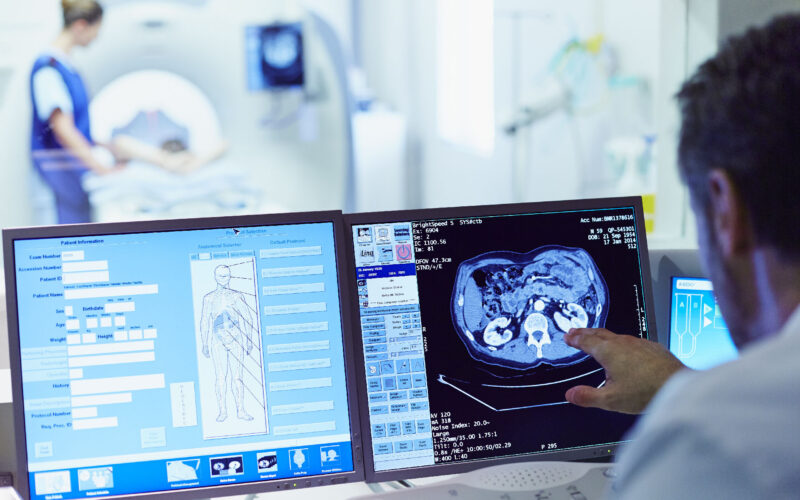Full Professor
Strategic program(s):
Biography
The overall aim of my research is to understand the genetic and environmental causes of ALS and related diseases, and to understand how one mutation has various clinical outcomes. I have a past performance with innovations both in the development of a custom reference panel that allowed the interrogation of rare genetic variation in a large sample of genotyped cases and controls (Van Rheenen et al., Nat Genet 2016), and the development of a tool that is near perfectly able to detect the C9orf72 repeat expansion in WGS data (http://biorxiv.org/content/early/2016/12/19/093831).This tool can also be used for any other large repeat expansion in any other disease. Currently, I am leading a large-scale international collaboration (Project MinE, www.projectmine.com).The project is in the process of whole-genome sequencing 15,000 ALS cases and 7,500 population-matched controls (with > 10,000 genomes completed already). Upon completion, the project will have standardized phenotype information, whole-genome sequence data, SNP-array data, and methylation data for every sample. I am deeply passionate about making science more reproducible and transparent for the scientific community and the general public. Consequently, I have successfully implemented a shared international clinical database (https://progeny.umcutrecht.nl) containing detailed core clinical data and data on environmental exposures and lifestyle factors on thousands of international (Irish, Italian, Belgian, German, Dutch, Swiss, and British) samples. I have also setup a FAIR ICT solution for Project MinE at SURFsara, by adhering to a “franchise” model: international collaborators keep full control of their data, and support is available to help input data. Project MinE results are freely accessible online using the databrowser I setup: http://databrowser.projectmine.com. Access to data can be requested at that site as well. This is combined with my skills as a clinician who sees patients on a weekly basis, together with my extensive international collaborations, published track record in bioinformatics, statistics, epidemiology and on the successful translation, through collaboration, of findings in relevant neurobiological models.
Selected publications:
1. Common and rare variant association analyses in Amyotrophic Lateral Sclerosis identify 15 risk loci with distinct genetic architectures and neuron-specific biology. Van Rheenen W,…Veldink JH. Nature Genetics, 2021, accepted for publication.
In this recent GWAS in ALS I included 29,612 ALS patients and 122,656 controls which identified 15 risk loci. When combined with 8,953 whole-genome sequenced individuals (6,538 ALS patients, 2,415 controls) and a new cortex-derived eQTL dataset (MetaBrain), analyses revealed locus-specific genetic architectures in which I prioritized genes either through rare variants, short tandem repeat expansions or regulatory effects.
2. Cross-reactive probes on Illumina DNA methylation arrays: a large study on ALS shows that a cautionary approach is warranted in interpreting epigenome-wide association studies. Hop PJ, …Veldink JH. NAR Genom Bioinform 2020 Dec 17;2(4), doi: 10.1093/nargab/lqaa105.
In this technical methodology study, I present an unexpected high number of methylation probes as present on Illumina methylation arrays, that cross-hybridize with the repeat expansion in C9orf72, and other genes, leading to potential false positive results. The data used are available on zenodo.
3. The effect of SMN gene dosage on ALS risk and disease severity. Moisse M, .... Veldink JH*, Van Damme P*. Annals of Neurology, 2021 Jan 2, doi: 10.1002/ana.26009. *shared last author.
In this paper we convincingly showed that structural variations (SVs) in the SMN1 and SMN2 genes are not related to ALS risk and disease progression. This suggests that changing SMN protein levels in the physiological range may not modify ALS disease course. This is negative genetic study is an important finding in the light of emerging therapies targeted at smn deficiencies. Detecting SMN SVs is challenging in WGS data.
4. Gene discovery in Amyotrophic Lateral Sclerosis: implications for clinical management. Al-Chalabi A, Van den Berg LH, Veldink JH. Nature Reviews Neurology, 2017 Feb;13(2):96-104, doi: 10.1038/nrneurol.2016.182.
In this paper, we review the various levels of evidence in ALS genetics and their relevance in the clinic.
5. Detection of long repeat expansions from PCR-free whole-genome sequence data. Dolzhenko, E., Van Vugt Joke J F A, ....,Veldink JH*, Eberle MA*. Genome Research, 2017, 27(11), 1895–1903, doi: 10.1101/gr.225672.117. *shared last author.
This paper describes ExpansionHunter I co-developed with Illumina: a tool that can reliably detect long repeat expansions, including in C9orf72, in whole genome sequencing data.
6. Genetic correlation between amyotrophic lateral sclerosis and schizophrenia. McLaughlin, …Veldink JH. Nature Communications, 2017 Mar 21;8:14774, doi: 10.1038/ncomms14774.
In this paper, I was the first to show a significant genetic correlation between ALS and schizophrenia.
7. Genome-wide association analyses identify new risk variants and the genetic architecture of amyotrophic lateral sclerosis. Van Rheenen, ..., Veldink JH. Nature Genetics, 2016, 1043–1048, doi: 10.1038/ng.3622.
In this paper, I built a custom reference panel using whole genome sequences from ALS patients and controls (the first 2,000 in Project MinE) and used this to impute a large sample of GWAS-ed patients and controls. In combination with a mixed linear model-based association testing framework, I was able to identify 6 loci associated with ALS, including one new ALS risk gene C21orf2. Also, I describe here, for the first time, the rare variant genetic architecture of ALS.
8. NEK1 variants confer susceptibility to amyotrophic lateral sclerosis. Kenna KP, Van Doormaal PTC, ..., Veldink JH*, Landers JE*. Nature Genetics, 2016, 48, 1037–1042, doi: 10.1038/ng.3626. *shared last author.
In this study, converging evidence allowed me to identify NEK1 as ALS risk gene: using 4 whole genome sequenced patients from an isolate from the Netherlands, identified through genealogy, and through rare variant burden testing in a large sample of familial ALS patients and controls, and replicating in a large international sample of sporadic ALS patients and controls using exome chip and whole genome sequencing data.
9. C9orf72 and UNC13A are shared risk loci for amyotrophic lateral sclerosis and frontotemporal dementia: genome-wide meta-analysis. Diekstra FP, ..., Veldink JH. Annals of Neurology, 2014 Jul;76(1):120-33, doi: 10.1002/ana.24198.
This is the study on a combined analysis of FTD and ALS, by meta-analyzing ALS data with a relatively small sample of pathology proven TDP-43 FTD patients further showing that specific genetic variants can have various clinical outcomes (ALS or FTD). This was the first report on UNC13A in FTD.
10. Genome-wide association study identifies 19p13.3 UNC13A and 9p21.2 as susceptibility loci for sporadic amyotrophic lateral sclerosis. Van Es MA*, Veldink JH*, …, Ophoff RA, van den Berg LH. Nature Genetics. 2009 Oct;41(10):1083-7, doi: 10.1038/ng.442. *shared first author.
In this GWAS, I was the first to show that a hitherto elusive familial ALS locus (9p21) showed a genetic connection between familial ALS and sporadic ALS by genome-wide association study (GWAS) including ~4.500 sporadic ALS patients. There were two genome-wide significant loci, one in UNC13A and one in 9p21. Two years later, the latter turned out to be a tag SNP on a haplotype containing the unstable intronic hexanucleotide repeat in C9orf72, which is present in 8-10% of all patients with ALS regardless of their family history, and is the most common, high penetrant, mutation found in ALS.
Research aim
Given increasing possibilities in gene-based therapies for ALS, the overall aim of my research is to elucidate the exact genetic contribution in every patient to liability to disease.
Go to groupResearch aim
Motor neuron disease (MND) are a collection of disorder that primarily lead to progressive weakness and/or spasticity. The goal is better understand and treat the extensive clinical heterogeneity in MND.
Go to groupBrainfoundation Personal Fellowship grant “Copy number variation detection in ALS”, 2007
FP7 grant: Euro-MOTOR European multidisciplinary ALS network identification to cure motor neuron degeneration. (co-coordinator), 2010
Thierry Latran grant: Functional characterization of two novel susceptibility loci in sporadic ALS, 2010
International Young Investigator ENCALS award, 2011
E-Rare-2 Call "European Research Projects on Rare Diseases driven by Young Investigators": PYRAMID (PhenotYpe Research for ALS ModIfyer Discovery), coordinator, 2012/13
ERC Consolidator grant EScORIAL, 2018
In 2020, I was awarded the Healey Center International Prize for Innovation in ALS. This is a global award celebrating excellence in research for a team that catalyzes exceptional discoveries leading to a transformative advance in therapy development in ALS. I received this together with 7 international collaborators for Project MinE.
In 2021, I was personally awarded by the American Academy of Neurology (AAN) with the Sheila Essey award for ALS research. The Sheila Essey Award is given “in recognition of my outstanding achievements in ALS research”, mainly for the genetic and clinical datasets I setup, collected, curated, and made available to a wide scientific audience and the discoveries that resulted from this until now.
Lid commissie Wetenschappelijk Gebruik Supercomputers - Ben zelf ook gebruiker - NWO

